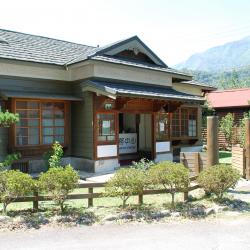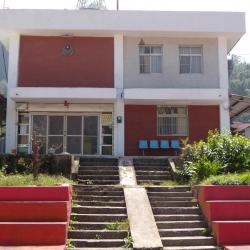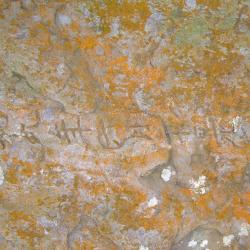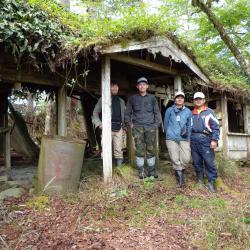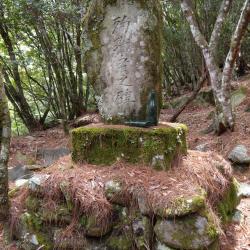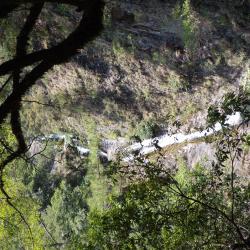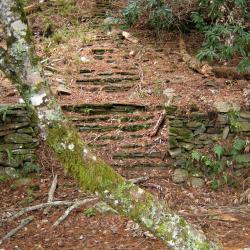The Hehuan Police Post is located above the Provincial Highway 14, between Dayuling and Xiaofengkou, at an altitude of 2,782 meters. When the Taroko War broke out in 1914, the then Governor of Taiwan, Sakuma Samata, wanted to use a strong military and police force to defeat the Turuku tribe along the Liwu River. Therefore, Nantou Minister, Ishibashi Tooru, personally led the road excavation team, and opened the road from Puli to Tianxiang. After the war, the road continued to be opened from Puli to Taroko Gorge entrance, which was the original path of the Hehuan Traversing Historic Trail. Later, due to the collective migration of tribes and the steep slope of the original route, the route was modified and completed in 1935. This route was a popular hiking trail at that time.
